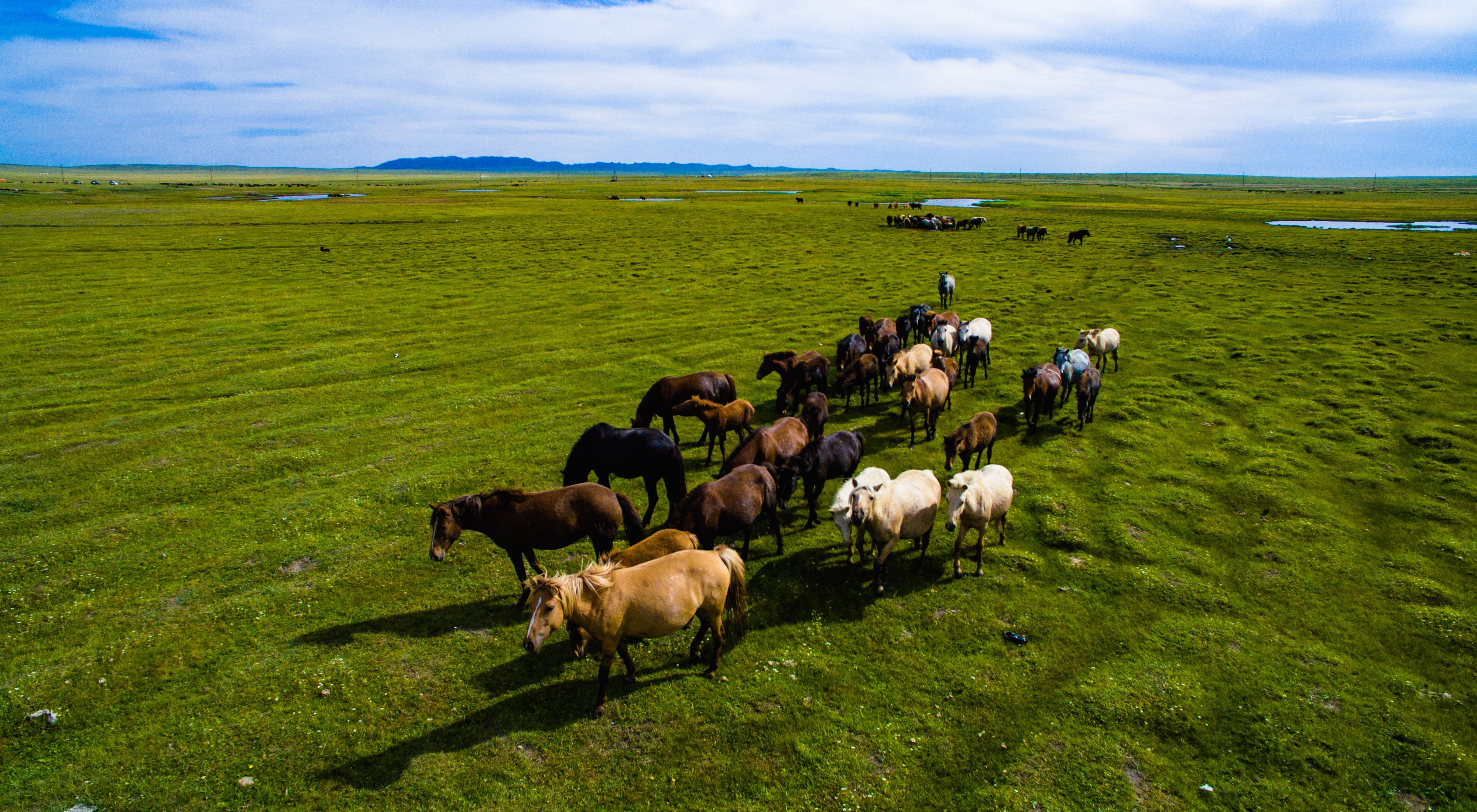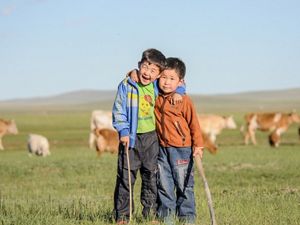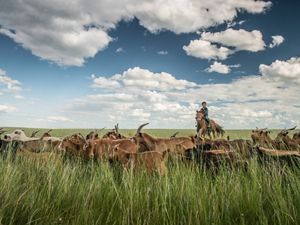Mongolia: 30 by 30
Mongolia is on a path to protect and sustainably manage 120 million acres, 30 percent of the country, by 2030—known as the "30 by 30" goal.
On May 2 2019, the Mongolian Parliament approved proposals to designate 22 new National Protected Areas covering 8.4 million acres (3.4 million hectares)—an area larger than the state of Maryland.
This landmark victory means that the world’s 19th-largest country will have a total of 20 percent of its lands under national protection and be well on its way to achieving the 30 by 30 goal. New preserves are off-limits to mining development, excavation, timber harvesting and other activities that may negatively impact ecosystem health.
For over a decade, The Nature Conservancy (TNC) has collaborated with government and herding communities to put Mongolia’s grasslands on a sustainable path. With our in-country partners, we conducted a nationwide, landscape-level planning process that informed a draft National Protected Areas master plan, which includes these newly designated reserves. In addition, TNC Mongolia staff have worked tirelessly to support parliamentary legislation that advances conservation. We are truly thrilled that our work in Mongolia to protect nature and strengthen the lives of those who depend on it is paying off on such a large scale.
This victory is the product of an extraordinary, long-term, collective effort by the Government of Mongolia, local communities, academia, conservation NGOs and many more partners to safeguard these lands from unsustainable development.
Your support for TNC helps to make possible "big wins" like this for conservation. Thank you for your commitment to protecting these remarkable lands.
TNC continues to promote the establishment of protected areas, as well as ensuring these areas are adequately managed for long-term sustainability.
We are:
- Working with herders to take advantage of a newly amended law giving herder communities formal recognition of their communal pasturelands and resource management rights;
- Testing new livestock management approaches so that herding families can prosper with fewer heads of livestock and manage the grazing process more sustainably, contributing to stronger grassland health; and
- Collaborating with the national government to establish policy that mandates mining and oil companies take specific actions to mitigate environmental damage in their siting and investment decisions.



